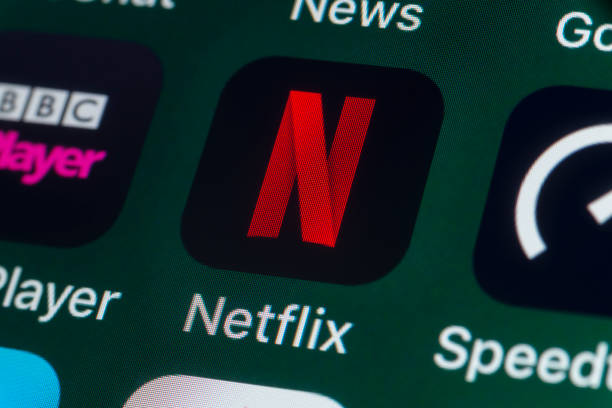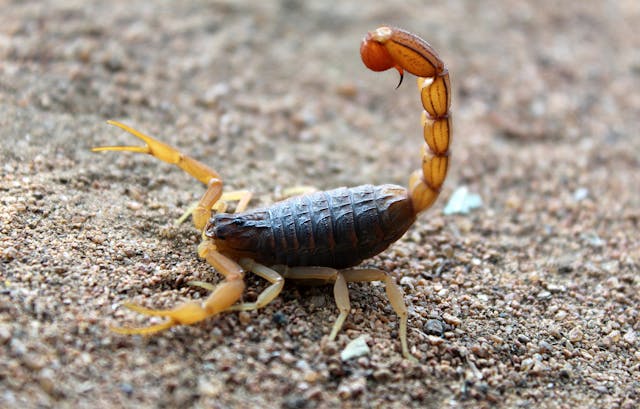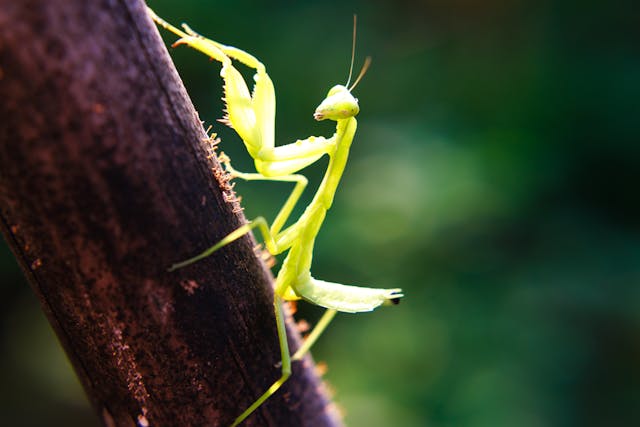The Armed Forces of Kenya, officially known as the Kenya Defence Forces (KDF), play a critical role in ensuring the country’s security and sovereignty. This blog delves into the various arms of the Armed Forces, the leadership structure, the constitutional laws that grant military power, the history behind each branch’s formation, and the current leaders at the helm.
Overview of the Armed Forces
The Armed Forces of Kenya consist of three main branches:
- Kenya Army
- Kenya Navy
- Kenya Air Force
Each of these branches has a distinct role, command structure, and historical background that contributes to the overall effectiveness of the KDF.

1. The Kenya Army
The Kenya Army is the largest branch of the Armed Forces and primarily focuses on land-based military operations. It is responsible for protecting the country from external threats, maintaining internal security, and participating in peacekeeping missions.
Who is in Charge of the Army?
The Kenya Army is led by the Chief of the Kenya Defence Forces (CDF), who oversees all military operations and strategy. As of now, the CDF is General Charles M Kahariri , who has extensive experience in both operational and leadership roles within the Army. He is aided by Lieutenant General John M Omenda who is the Vice Chief of the Defence Forces and who is responsible for performing any duties as directed by the CDF.
How Many Types of Units Are There in the Army?
The Kenya Army comprises several types of units, which include:
- Infantry Units: The backbone of the Army, these units engage in ground combat.
- Armored Units: Equipped with tanks and armored personnel carriers, they provide mobility and firepower.
- Artillery Units: Responsible for long-range fire support, utilizing various types of artillery systems.
- Engineering Units: These units handle construction, demolition, and logistical support.
- Support and Medical Units: Focused on providing medical assistance and logistical support to troops in the field.
2. The Kenya Navy
The Kenya Navy is responsible for securing the nation’s maritime interests. It operates primarily in the Indian Ocean and plays a vital role in protecting Kenya’s coastline from threats such as piracy and illegal fishing.
History Behind the Formation of the Navy
The Kenya Navy was established in 1964, following Kenya’s independence. Initially, it was a small unit focused on coastal defense. Over the years, the Navy has expanded its capabilities to include modern vessels and technology.
Current Leadership in the Navy
The Navy is currently led by Major General Paul Owuor Otieno, who oversees naval operations and strategic planning. His leadership focuses on enhancing the Navy’s capabilities in maritime security and regional cooperation.
3. The Kenya Air Force
The Kenya Air Force provides aerial support to the Army and Navy, playing a critical role in reconnaissance, logistics, and air defense.
How Many Units is a Battalion?
In the context of the Air Force, a battalion typically consists of around 300 to 1,000 personnel, organized into squadrons and flights.
History of the Air Force
Established in 1964, the Kenya Air Force has evolved significantly. Initially, it relied on foreign aircraft and training. However, it has since developed a more autonomous operational capability, acquiring modern aircraft to meet national security demands.
Current Leadership in the Air Force
The Kenya Air Force is currently led by Major General Fatuma G Ahmed, who focuses on modernizing the Air Force and improving its operational readiness.
Legal Framework Governing the Armed Forces
The powers and responsibilities of the Armed Forces in Kenya are defined by several constitutional and legislative frameworks, primarily the Kenya Defence Forces Act and the Constitution of Kenya.
Key Constitutional Provisions
- Chapter 14 of the Constitution: This chapter outlines the roles, powers, and responsibilities of the Kenya Defence Forces. It emphasizes the importance of maintaining national security and sovereignty.
- Kenya Defence Forces Act: This Act provides the legal basis for the organization, administration, and governance of the Armed Forces. It lays down the rules and regulations that govern the conduct of KDF soldiers.
KDF Rules and Regulations
The KDF is governed by strict rules and regulations to ensure discipline and effectiveness. These include codes of conduct, operational guidelines, and protocols for engagement in both domestic and international operations.
Structure and Grades in the Armed Forces
Understanding the structure of the Armed Forces is vital for those interested in joining or studying military operations in Kenya.
How Many Grades Are in the Army?
The Kenya Army consists of multiple grades, ranging from private to general. Each rank has specific responsibilities and authority levels. The hierarchy ensures effective command and control across various units.
What Are the 9 Levels of Army Units?
The Army is structured into several levels, including:
- Squad
- Platoon
- Company
- Battalion
- Brigade
- Division
- Corps
- Army Group
- Field Army
Each level plays a unique role in operational effectiveness, with increasing levels of command and complexity.
Who Leads a Battalion?
A battalion is typically led by a lieutenant colonel. This officer is responsible for the training, readiness, and operational effectiveness of the battalion.
Conclusion
In conclusion, the Armed Forces of Kenya play a crucial role in maintaining national security and sovereignty. With distinct branches Army, Navy, and Air Force each led by experienced leaders, the KDF operates under a solid legal framework that defines its responsibilities and powers. Understanding the historical context and current structure of the Kenyan military enhances appreciation for its role in regional and global security.
As a fascinating fact, did you know that the Kenya Defence Forces actively participate in international peacekeeping missions? They have contributed troops to various UN missions in Africa, showcasing their commitment to global peace and security. This effort highlights Kenya’s growing role in regional stability, demonstrating how the Armed Forces are not only defenders of the nation but also contributors to international peacekeeping.











